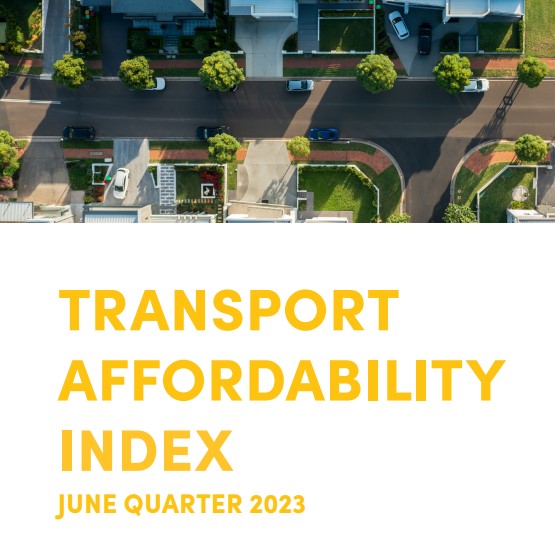
Australia’s transport cost inflation eased in the June quarter, falling below the consumer price index rate, according to the latest AAA Transport Affordability Index.
But over the 2022-23 financial year, transport cost rises were about 50% higher than the consumer price index (CPI) and they remain at levels causing considerable discomfort for many Australians.
The report shows typical capital city household transport costs rose by an average 0.5% across Australia in the June quarter, and typical benchmark regional household transport costs rose by an average of 0.6%.
But price surges in the previous quarters of the 2022-23 financial year leave transport costs at a much higher level than they were in 2021-22, says the Australian Automobile Association (AAA).
At the end of the June 2023 quarter, typical capital city household transport costs were 8.8% higher than they had been at the end of June 2022, and typical benchmark regional costs were 10.1% higher than they had been a year previously.
These increases are significantly higher than the consumer price index rate of 6.0% for the same period.
“The cumulative effect of continually rising transport costs is a heavy burden at a time when Australians are feeling cost-of-living pressures across the board,” says AAA managing director Michael Bradley.
“Transport is a significant and unavoidable expense for households and is one of the key drivers of inflation,” he adds.
“Governments at all levels must consider these cost pressures when formulating policy.”
The Index’s economic modelling is based on a “hypothetical household” comprising a 36-year-old male and a 38-year-old female with two children, both adults employed full time and commuting each weekday to workplaces in or near their city or town’s CBD.
The “hypothetical household” has two cars – a near-new car financed with a variable-rate car loan and an older car owned outright – with comprehensive car insurance, and services to both vehicles according to manufacturers’ guidelines.








